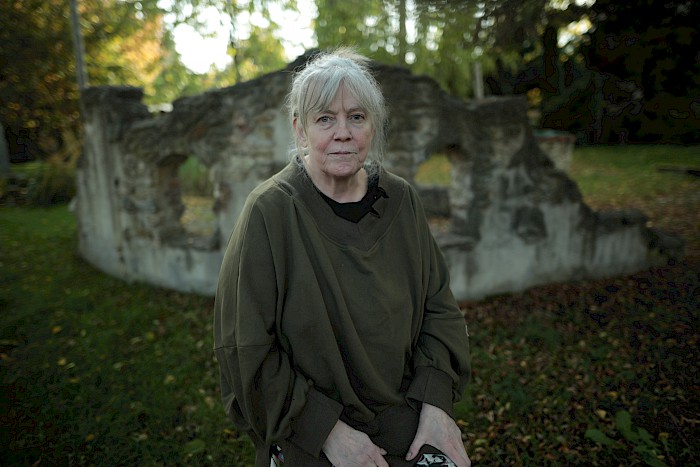The idea for the East Side Gallery was born as early as November 1989, developed jointly by West Berliner David Monty and East Berliner Heike Stephan. Both later dropped out of the East Side Gallery project, Heike Stephan as early as the beginning of 1990, David Monty in the spring of 1990. It was Christine MacLean, who as David Monty's assistant had begun to put the East Side Gallery into practice, who supervised the project until its opening.
David Monty
"The idea for me was how to take a Wall – where lots of people came to grief – and turn that around? So that the Wall isn’t a death zone anymore but a place of encounter. Where people can have a good time, go and talk, get interested in the artists."
David Monty was born in 1949 and moved to West Berlin when he was 16. A culture manager, he worked as a radio host and journalist and had a studio in Kreuzberg in the 1970s. He met Heike Stephan, an artist from East Berlin, in the evening of 17 November 1989, and they decided to create the world’s longest open-air gallery. It was David Monty who negotiated with the GDR Ministry of National Defence and eventually obtained an official permit to use the Wall at Mühlenstraße. He held a press conference in January 1990 to invite artists from East and West Germany and abroad to paint critical art on the Wall. He assured potential contributors that this section of the Wall would not be demolished and pointed out the opportunities to exhibit and sell their works that might arise from it. Having promoted the project in the press and on the radio, David Monty pulled out of it in May 1990. He lives in Berlin.
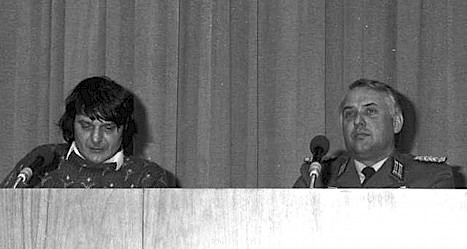
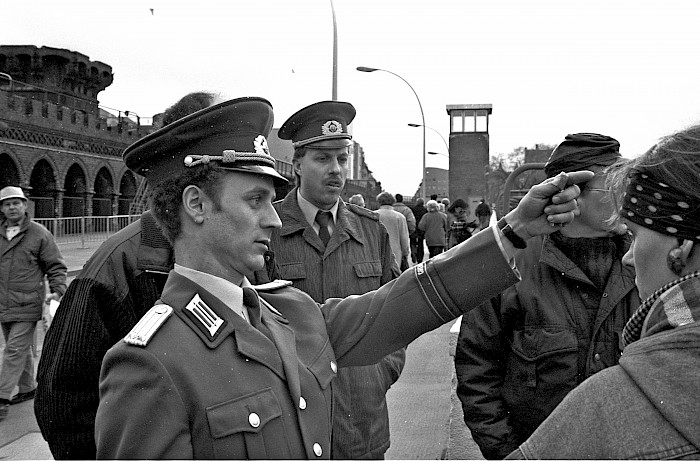
David Monty talking to Ralf Gründer in December 2019 about how the East Side Gallery came about:
https://www.berliner-mauer.de/interview-mit-dem-gruender-der-east-side-gallery-dave-monty
Heike Stephan
"The East Side Gallery was one of my greatest ideas."
Heike Stephan is an artist and curator, born in Thuringia (East Germany) in 1953. Having wanted to become an artist since childhood, she was accepted into the Erfurt artists’ association in 1982 despite being self-taught. She created performances with other women and came under Stasi observation. She moved to East Berlin in 1983. In November 1989 she took part in the first painting action on the east side of the Berlin Wall at Potsdamer Platz. The Wall was primed white, and paints provided. International TV teams reported on the action. But the Berlin Wall was still the property of the GDR and border soldiers painted over the works the next day. Heike Stephan and David Monty together then came up with the idea for the East Side Gallery. When the Ministry of National Defence announced it would make the Wall in Mühlenstraße available, Heike Stephan pulled out of the project.
Christine MacLean
"I don’t know what I thought it would be like, being solely responsible for 1.3 km of the Berlin Wall."
Christine MacLean was born in Scotland and moved to West Berlin in 1979. From 1982 to 1986 she worked in the British Embassy in East Berlin. In spring 1990 she became artist coordinater for the East Side Gallery, initially as assistant to David Monty and later for the advertising and events agency Wuva. She saw to the needs of the over one hundred painters, assigning them Wall sections, providing them with paints, buckets and ladders, and letting them store materials in her car and sleep in her apartment. She was motivated by the opportunity to talk with the artists – and the idea of creating a monument to hope and joy in the East Side Gallery. By late 1991 her work was complete, and she turned her attentions to new projects. Later she returned to Scotland where she worked as a natural health professional until her death in 2021.
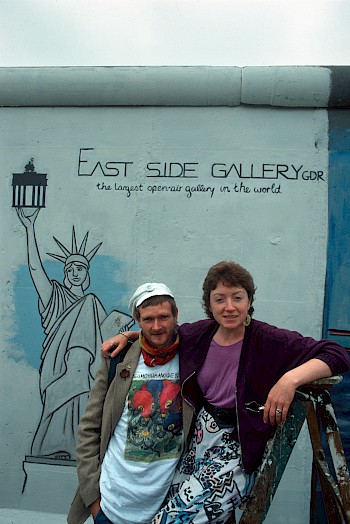
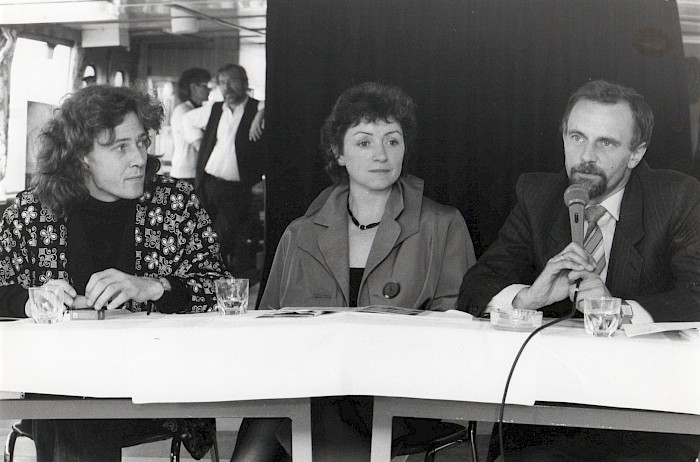
Christine MacLean recalling the making of the East Side Gallery in a podcast for Stiftung Berliner Mauer
Funded by the Federal Foundation for the Study of the Communist Dictatorship, 2020
"The East Side Gallery’s unity, the fact that it was collectively organised and financed from start to finish, that is why it is still standing and why it is unique."
Recommended reading:
Christine MacLean: Berlin East Side Gallery. Zwei Berlins. Eine Mauer, Norderstedt 2019 (German)
Christine MacLean: East Side Gallery Berlin, 1991, 2nd edition 2017 (English)
Wall paintings in East Berlin
